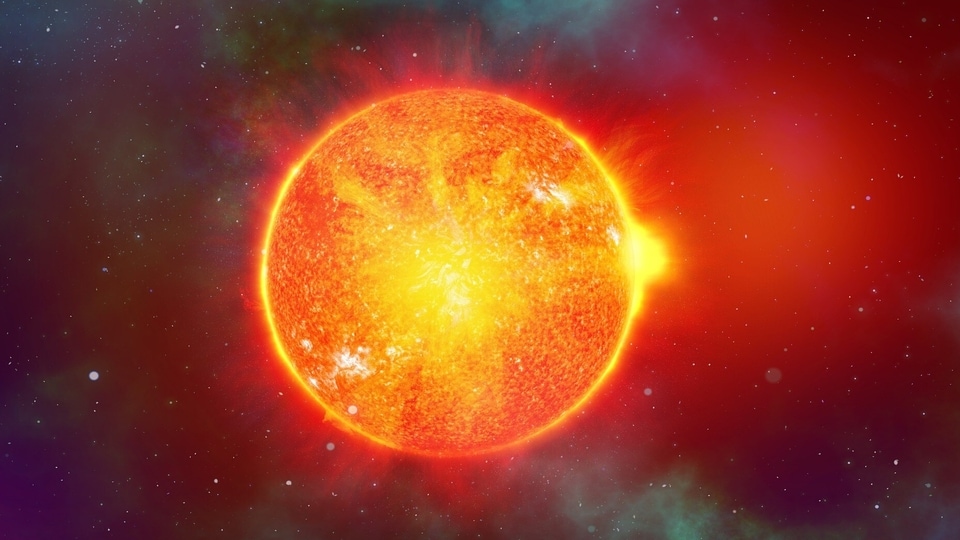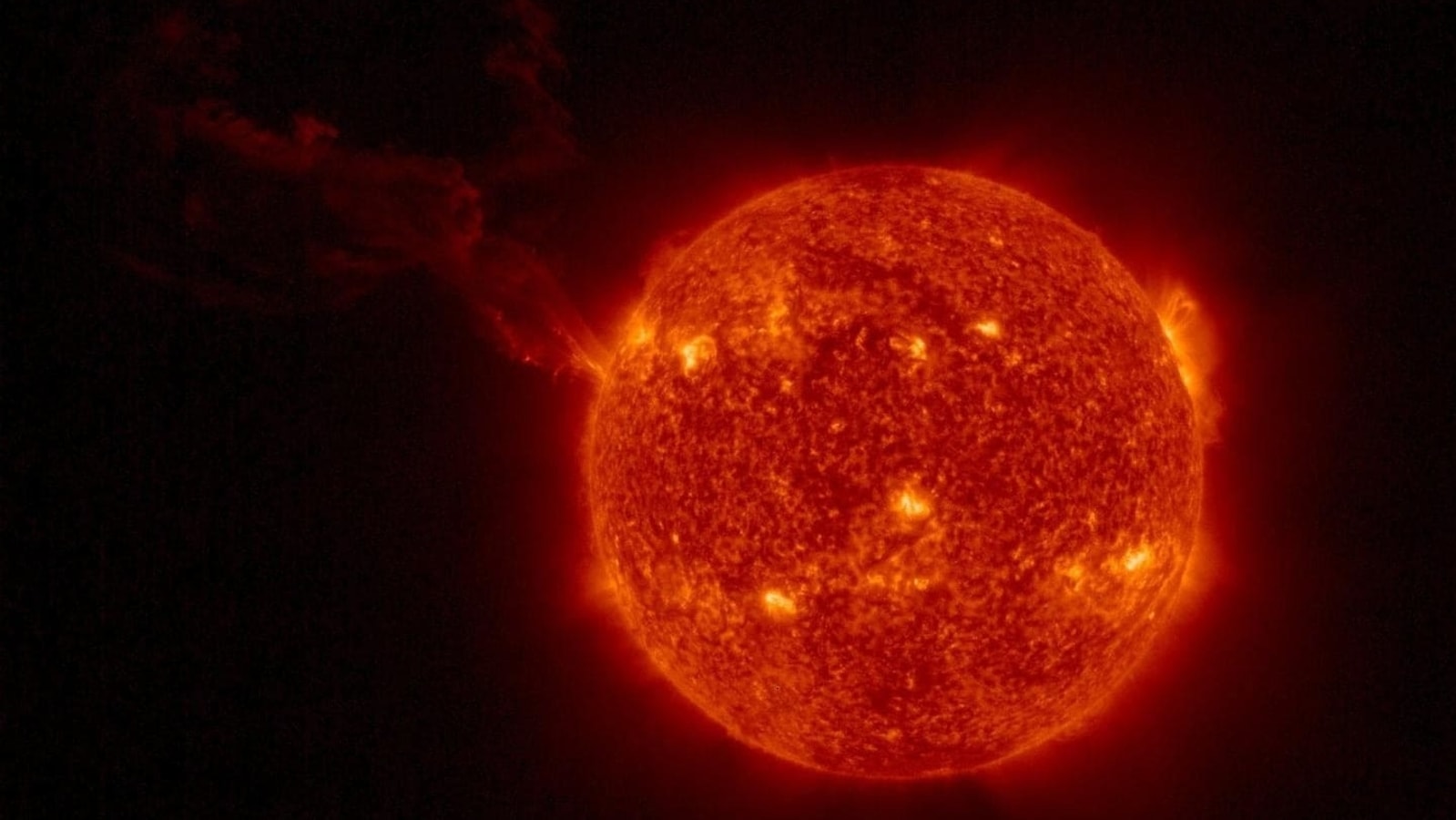Solar storms can wreak havoc on Earth from blind side of the Sun
Even though the weather forecaster systems on Earth have become more advanced and powerful, yet they still don't know what goes on on the far side of the Sun. And if a powerful solar storm brews there, it can quickly be disastrous for us.
_1639373804152_1659933055983_1659933055983.jpg)
_1650614444757_1650614518141.png)




 View all Images
View all ImagesToday, agencies like NASA and National Oceanic and Atmospheric Administration (NOAA) observe the Sun continuously to predict when the next solar storm can hit the Earth. This prediction time helps us in shutting down satellites, turning off the power grids and sensitive instruments as well as sending out warnings in case a powerful storm strikes the planet. But the system which gives us the assurance of keeping us safe is not really fool-proof. In fact, its prediction capabilities exist in a very short range — between the time the solar flare has erupted on the Sun and till the coronal mass ejection (CME) reaches the Earth. And this means that there is a lot of scope for a solar storm sneaking up on us from our blind side and hitting us unprepared. And what happens after that? Read on to find out.
Solar storm from Earth's blind side can be catastrophic
There are reasons why despite technological advancements, we have not been able to make significant progress when it comes to space weather forecasting. And in simple terms, it is just really impossible to monitor the entire Sun. Both the satellite-based and Earth-based telescopes can only observe the side of the Sun which faces the Earth. But we have no idea what happens on the far side of the Sun. This creates a unique problem. In case, a sunspot became active while it was on the far side of the Earth and it exploded as soon as it came to our view, we would not get a warning before the storm struck the planet.
Bill Murtagh, NOAA's SWPC program coordinator talked about the 2003 solar storm incident, also known as the Halloween solar storm, and highlighted how nobody saw it coming. He told Space.com, “I remember that October week quite distinctly. Partly because it was my birthday, but mostly because the sun was really unremarkable. We had no idea what was going to happen just one week later”.
Interestingly, that storm carried just about tenth of the energy of the Carrington event. Yet, it disrupted hundreds of flights, caused power cuts for thousands in Sweden and resulted in spacecraft operators to lose track of low Earth orbit satellites for days. Japan's Advanced Earth Observing Satellite 2 lost contact with the ground control and never regained it.
About 20 years later, we are much more reliant on our wireless technology and satellites. If such a storm were to hit us, it would cause catastrophic damage to the Earth.
Catch all the Latest Tech News, Mobile News, Laptop News, Gaming news, Wearables News , How To News, also keep up with us on Whatsapp channel,Twitter, Facebook, Google News, and Instagram. For our latest videos, subscribe to our YouTube channel.




























